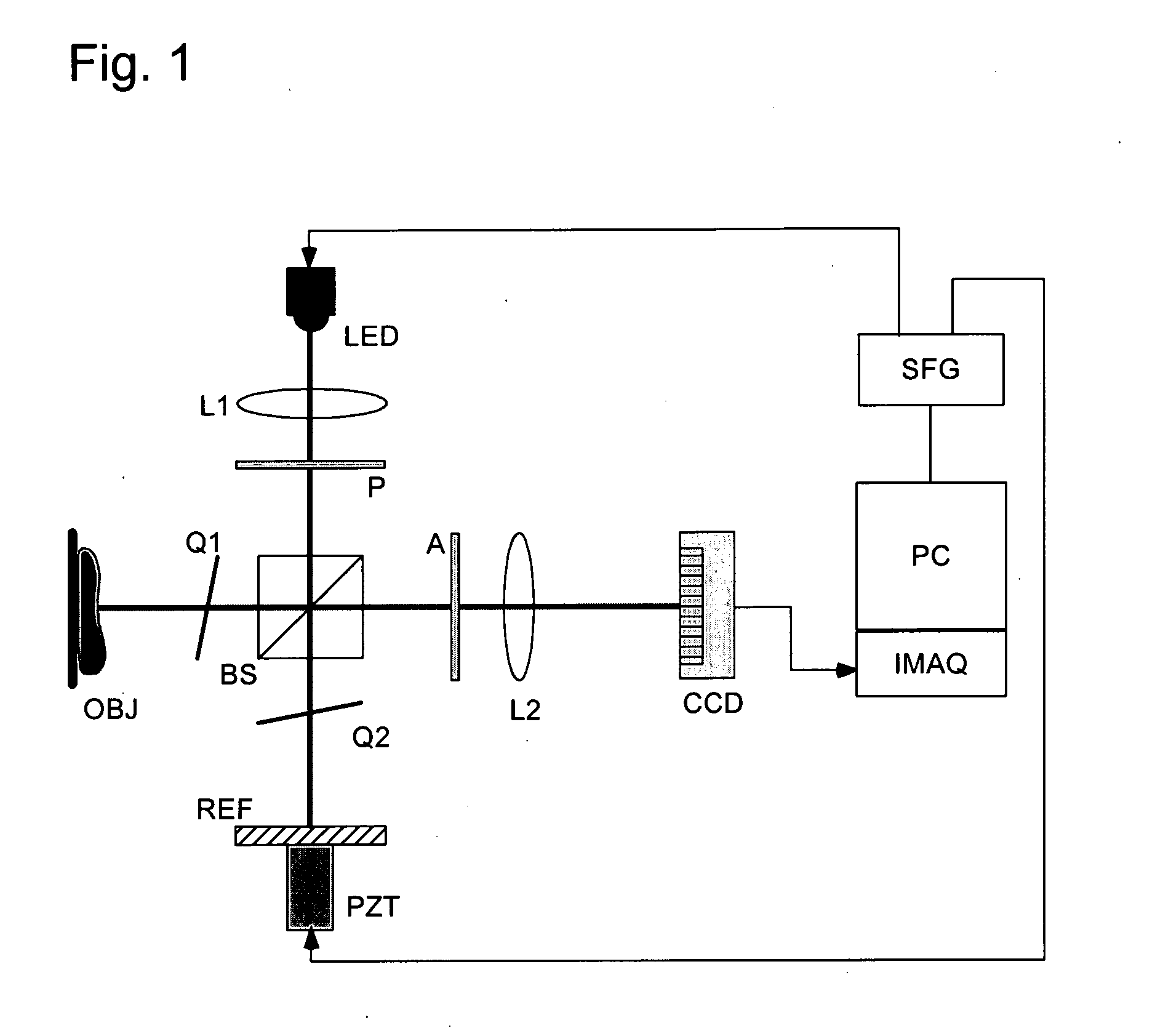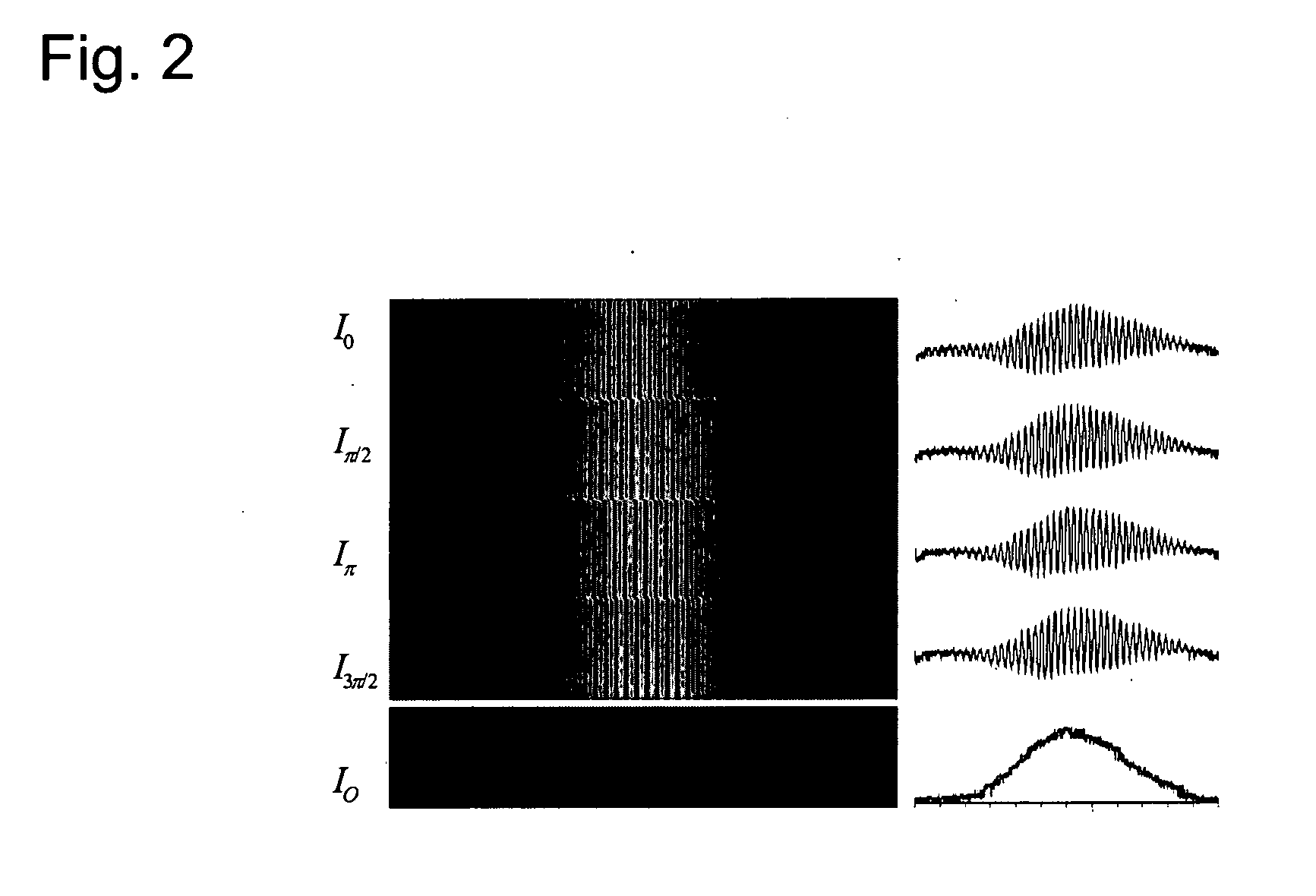Method of full-color optical coherence tomography
a tomography and color technology, applied in the field of full-color optical coherence tomography, can solve the problems of compromising the lateral resolution to a few m, placing a fundamental limit on the image acquisition speed, and low light efficiency or image contrast, and achieves high frame rate
- Summary
- Abstract
- Description
- Claims
- Application Information
AI Technical Summary
Benefits of technology
Problems solved by technology
Method used
Image
Examples
Embodiment Construction
[0030] In the following detailed description of the preferred embodiments, reference is made to the accompanying drawings, which form a part hereof, and within which are shown by way of illustration specific embodiments by which the invention may be practiced. It is to be understood that other embodiments may be utilized and structural changes may be made without departing from the scope of the invention.
[0031] The principle of color 3D microscopy by wide-field optical coherence tomography (WFOCT) is described referring to the diagram of the apparatus illustrated in FIG. 1. A high-brightness LED (˜30 lumens) illuminates the Michelson interferometer through a collimating lens L1, a polarizer P, and the broadband polarizing beam splitter BS. The quarterwave plates Q1 and Q2 in the object or reference arms change the orthogonal polarization states, so that all of the reflections from the object or the reference mirror are steered toward the monochrome CCD camera through the imaging le...
PUM
 Login to View More
Login to View More Abstract
Description
Claims
Application Information
 Login to View More
Login to View More - R&D
- Intellectual Property
- Life Sciences
- Materials
- Tech Scout
- Unparalleled Data Quality
- Higher Quality Content
- 60% Fewer Hallucinations
Browse by: Latest US Patents, China's latest patents, Technical Efficacy Thesaurus, Application Domain, Technology Topic, Popular Technical Reports.
© 2025 PatSnap. All rights reserved.Legal|Privacy policy|Modern Slavery Act Transparency Statement|Sitemap|About US| Contact US: help@patsnap.com



